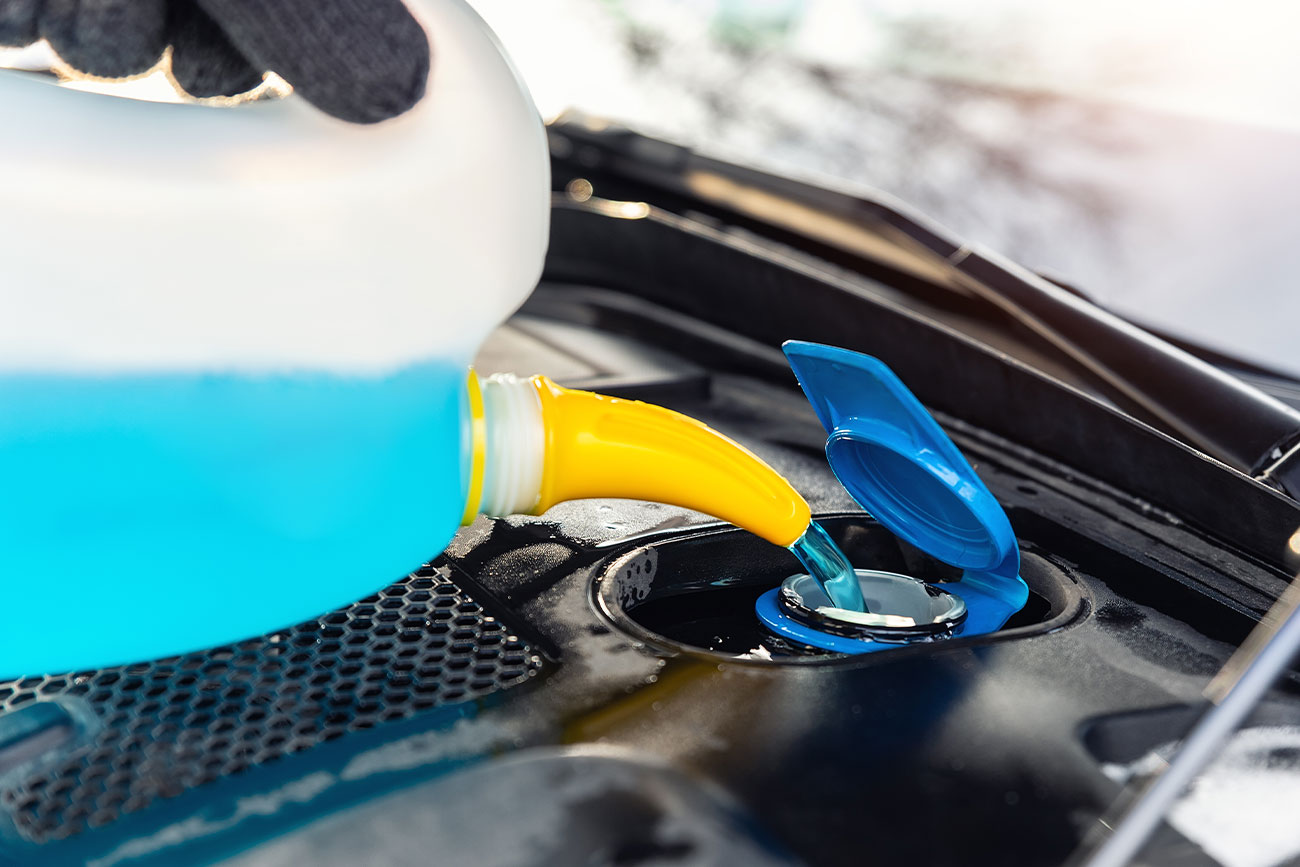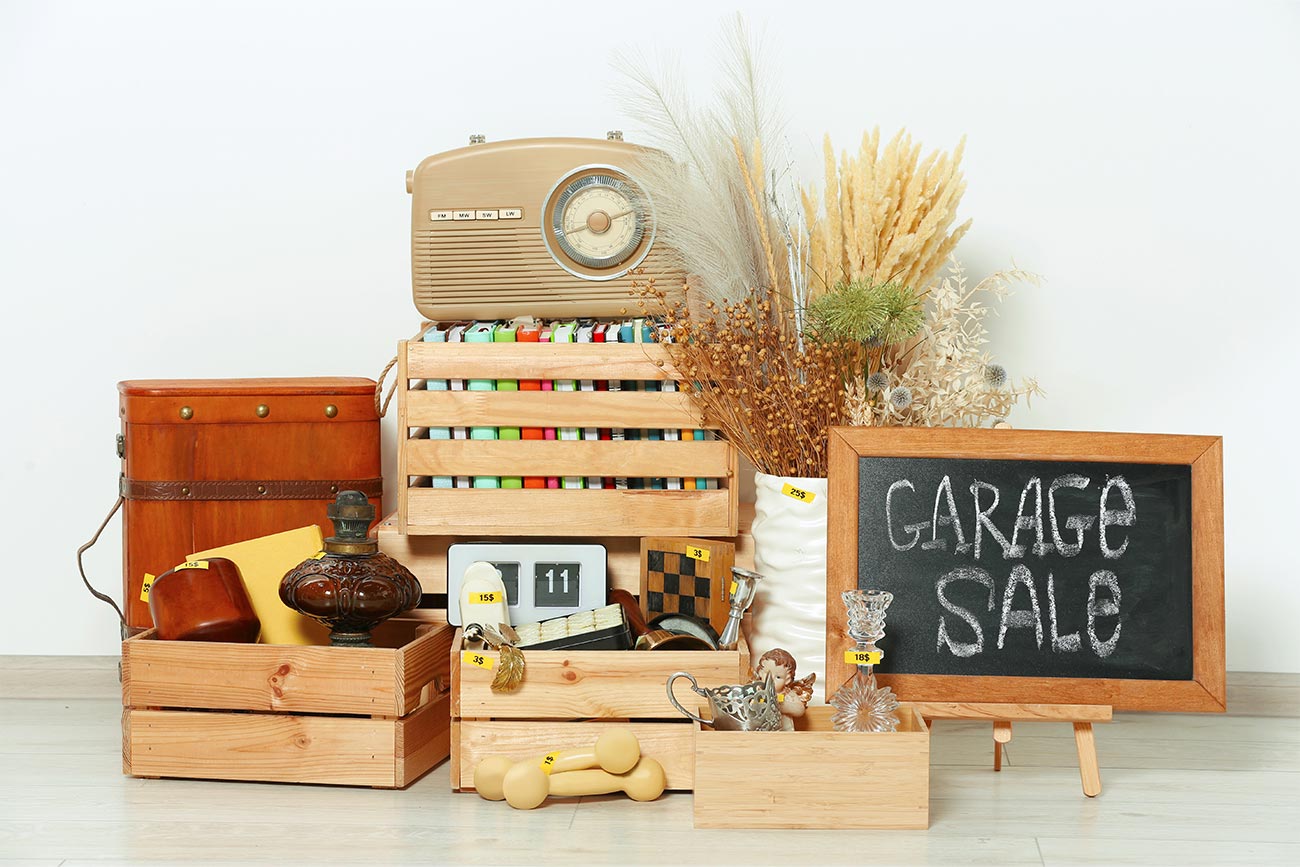
Tips For Moving In Winter
Although the months of May through September are often the busiest for a relocation, some situations, such as a new job or a desire to cut moving costs, may force you to arrange your move for the winter. December, January, and February are off-peak months for moving firms, which might result in more affordable prices and a larger selection of move dates. There won’t be any issues as long as you’re prepared to take a few extra safeguards and efforts to guarantee a pleasant experience. Moving may be stressful at any time of the year, but it can be especially difficult if you have to do it in the winter. Moving in winter presents its own set of difficulties, including the presence of snow and extremely low temperatures. Therefore, we prepared some tips for you to make your time easier.
Weather Check
It may seem apparent, but monitoring the weather throughout the week is crucial. Consider setting a new date if the weather worsens. Your safety is not worth it to move your belongings! Additionally, as was already said, moving firms’ timetables are probably more flexible in the winter, because it is off-season.
Packing in advance
Organizing how you will move your things from your old place to a new one is not as easy. So, you should take packing seriously and put it on your moving checklist. The pressure of needing to complete everything the weekend before your move might be greatly reduced by packing ahead of time. Here are some things to keep in mind when packing.

Each day, one more box should be packed. You could feel like you’ll never complete it if you limit how much you do, but if you start two months in advance, you’ll have almost all the boxes packed days before your move.
Set aside a place for storing boxes. Once the boxes are packed, you’ll need a strategy for keeping them on the property until moving day. Put everything out of the way but close to the door that the movers will use to pack up your house.
Also, think about whether you need a climate-controlled storage unit during or right after your move. If you are going to need it, book a storage unit in advance.
Before you start packing, make sure you have everything you need. Create the ultimate packing supplies checklist to make sure you don’t forget something.
Make sure everything is settled
Keep in mind that you are also moving out as well as you are moving in. When the big day arrives, the goods listed below can be used to prepare both the home you’re leaving and the one you’ll be moving into.
Turn off the heat. By turning off the heat, you can save some money. There is no need to heat the outdoors during the transfer because the doors will be open for a considerable amount of time.
Take note of the plow schedule. Find out when the plows pass through both old and new communities if snow is likely to be a problem so you can adapt your schedule as necessary.
Clear your pathways. Nobody wants to start the day with a tumble, so shoveling and salt all utilized paths.
Shield flooring. Use cardboard and plastic tarps as much as you can to protect your flooring. In this approach, the cardboard offers a little bit more grip while the tarp offers some water protection.

Your movers are also humans
One effective technique to encourage your movers to safely transport the items you’ve worked so hard to acquire is to keep them in mind. As people struggle with your couch, you’ll discover that spending a little time and money to enhance their comforts may really pay off. They’ll be able to tell that you’re considering their welfare.
Give your movers hot beverages. Keep hot beverages like coffee, cocoa, apple cider, or tea nearby. A little courtesy goes a long way, and a hot beverage thaws your icy fingers in addition to warming you from the inside out.
Heat the restroom. The pleasant, comforting air in your house will swiftly go as soon as the movers start moving and prop your doors open to load stuff onto the truck. So, keep the door closed and add an electric radiator or space heater to the bathroom. Both you and your movers will appreciate having a place to warm up.
Ready up your car
Have your car serviced in advance of a long-distance relocation to ensure everything is in working order.
Warm blankets, jackets, hats, boots, and gloves should be packed in your vehicle rather than with the rest of your stuff in the moving truck or container, just in case. You don’t want to be left without warm gear on the side of the road.
In order to be ready for anything that can occur when driving in cold weather, load up any additional items you’ll need, such as tire chains and ice scrapers. Always be more prepared than necessary so that you are always ready for anything.

Winter makes fragile items more fragile
Be extra cautious while packing your things to safeguard some things from the cold. Glass and other breakable goods are especially vulnerable to temperature fluctuations and may fracture or break if the change occurs too rapidly. To aid with the transition from the warmth of your home to the cold of the container, double-wrap everything in heavy blankets. To reduce their exposure to extreme cold, you might wish to pack these things into your moving container last and unload them first.
Instead of placing these goods in the moving container, you might just load them in your automobile. Load electronics in your car because the cold can damage them. To keep these valuables as secure as possible, pack them just before you depart.
Don’t stress. Relax!
Moving, let’s face it, can be stressful. However, with the correct planning and preparation, you may lessen your worry and start to look forward to your new life as you transition.
Be tolerant. Even while you should always relax and go with the flow on a moving day, you can anticipate that a winter move will be a little more challenging given Mother Nature’s control. Everyone will be more secure and content if you exercise a little patience and provide more time in your schedule.
Keep others in mind as you go. Moving may be taxing for everyone involved. Remind those traveling with you on this journey that you will succeed together by checking in with them.



